What Are The 5 Ways AI Is Saving Young Pitchers from Arm Injuries in 2025?
Once upon a time, Little League pitchers only worried about strikeouts and sunflower seeds.
Today?
Too many are facing arm injuries — and even Tommy John surgery — before they can drive a car.
Injuries from overuse in young pitchers have exploded over the past two decades.
But now, artificial intelligence (AI) and wearable technology are stepping in to help.
By tracking fatigue, analyzing throwing mechanics, and personalizing recovery, these tools are giving coaches and parents a fighting chance to protect young arms — before serious damage is done.
AI and wearable tech are changing youth baseball forever.
Learn how AI tools are helping coaches and parents protect young pitchers from arm injuries — before they happen.
This page contains affiliate links and I earn a commission if you make a purchase through one of the links, at no cost to you. As an Amazon Associate I earn from qualifying purchases.
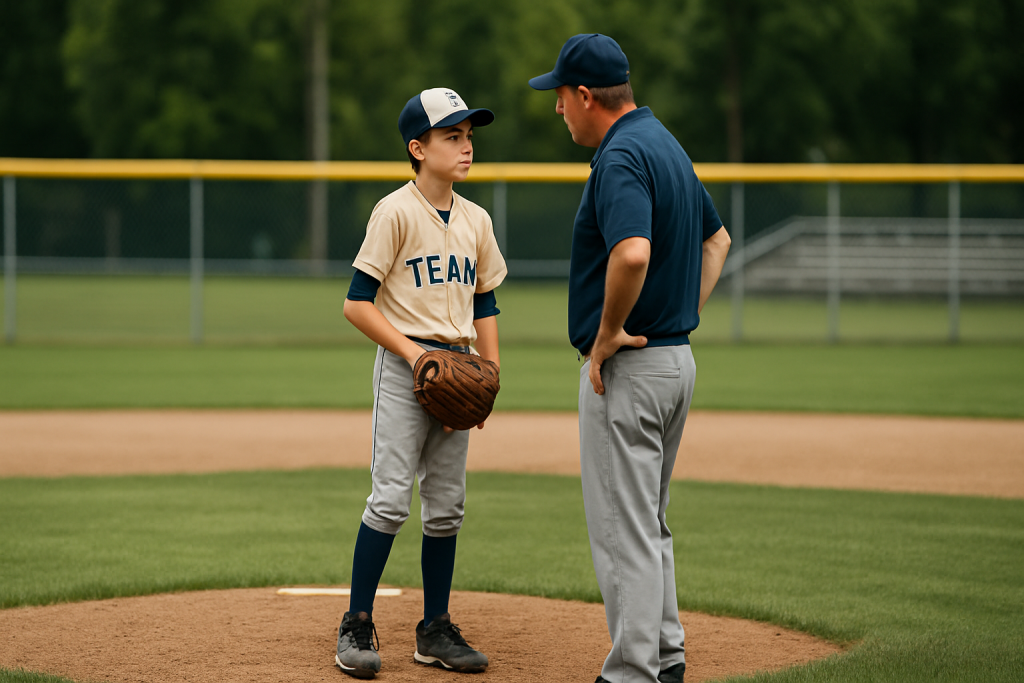
1. Catch Fatigue Before It Strikes
Fatigue sneaks up on even the best players — and it’s one of the biggest injury triggers.
Most injuries don’t happen because of one big, bad pitch.
They build up over time — one tired inning, one sloppy warm-up, one slight mechanical drift caused by sore legs or a stiff shoulder.
When a player’s mechanics start to unravel — even a little — the stress piles up on the elbow, the shoulder, the back.
And before anyone notices, a small problem can turn into a season-ending injury.
That’s why today’s smart tech is changing the game.
AI-powered wearables like PULSE Throw quietly track every small movement during bullpens and games — picking up subtle warning signs, like slower turns of the upper body, a sagging elbow, or a pitcher who’s just a half-beat late letting the ball go.
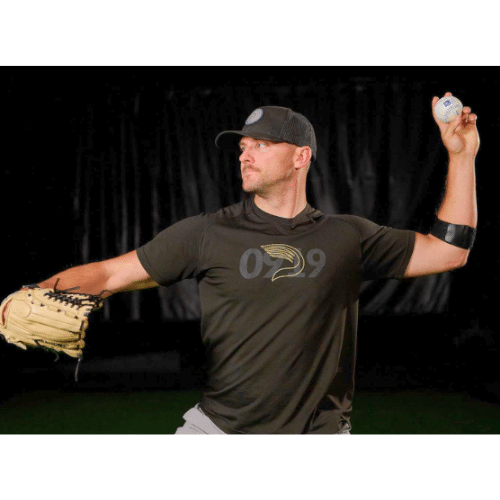
Before a player says, “Coach, my arm’s sore,” these systems can already see the risk building.
But it’s not just about collecting random numbers.
The real breakthrough is how personalized this monitoring is.
Instead of guessing based on a standard pitch count or a gut feeling, AI tracks how ‘Johnny is moving compared to his normal healthy baseline.
Today’s smart systems aren’t looking for textbook-perfect mechanics — they’re looking for changes in his body, his patterns, his stress loads.
It means coaches and parents can step in earlier — not with panic, but with smarter choices: pulling a pitcher early, tweaking a throwing program, or building in extra recovery days.
Because catching fatigue early doesn’t just save games — it can save seasons, and maybe even careers.
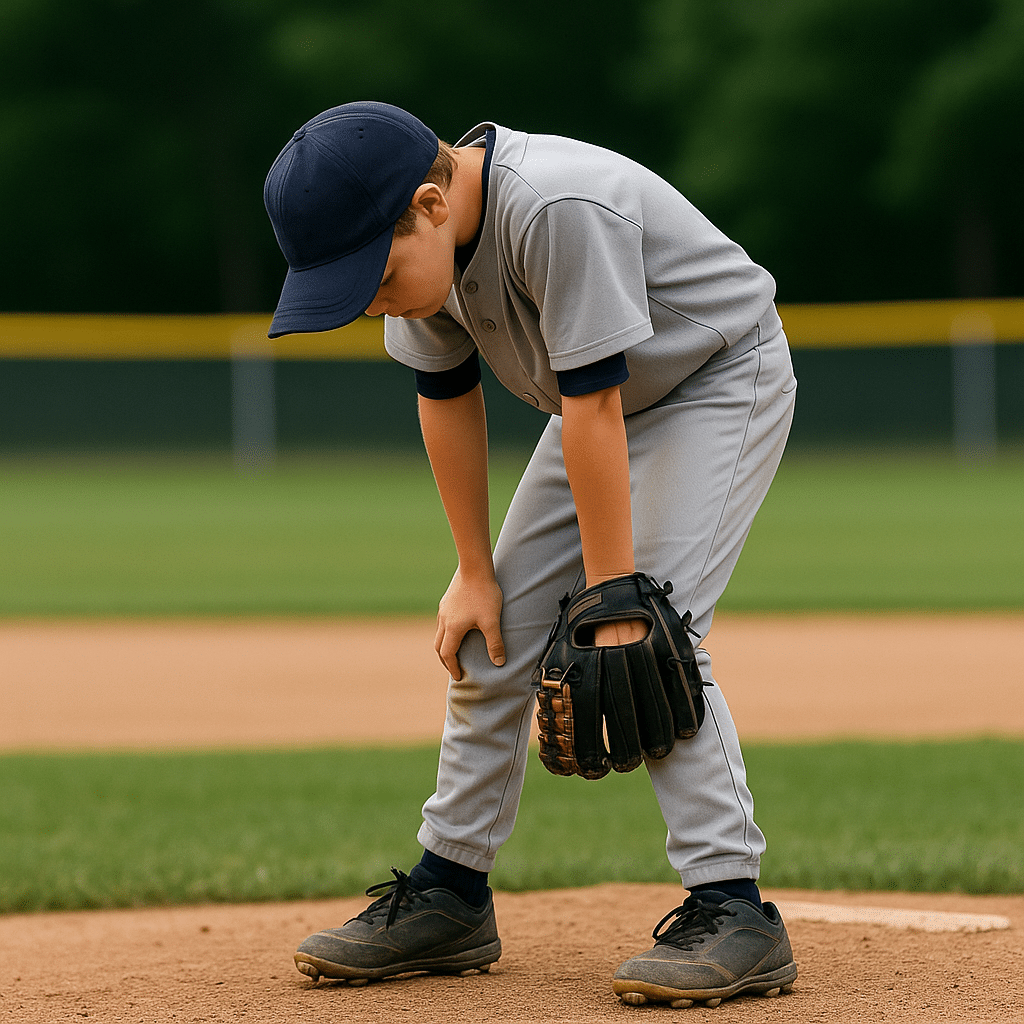
2. Measure Arm Stress, Not Just Pitch Counts
For years, coaches and parents leaned on pitch counts to protect young arms.
And while tracking pitches is important, it only tells part of the story.
Coaches are learning that the stress a pitcher puts on their arm isn’t just about how many throws they make — it’s about how much effort each one demands.
Studies show that high-effort throws can cause significantly more strain than a higher number of easy tosses, which is why tools like PULSE Throw now track throwing intensity, not just pitch counts.
That’s where today’s AI-powered wearables are changing the game.
Tools like PULSE Throw don’t just count how many throws Johnny makes — they measure how hard his body is working on every single pitch.
By tracking real-time data like throwing intensity, velocity, arm slot changes, and even subtle mechanical shifts, these sensors give coaches a much truer picture of stress load — not just workload.
It’s like seeing the story behind the stat sheet.
This deeper insight helps coaches adjust practices, and game workloads based on real stress, not just a number on a clipboard.
It also gives parents a window into what their kids’ arms are actually experiencing — not guessing based on how many innings they pitched.
In 2025, it’s not enough to just know how much a young pitcher throws.
You need to know how hard each throw pushes his body — and make smarter decisions based on that real effort.
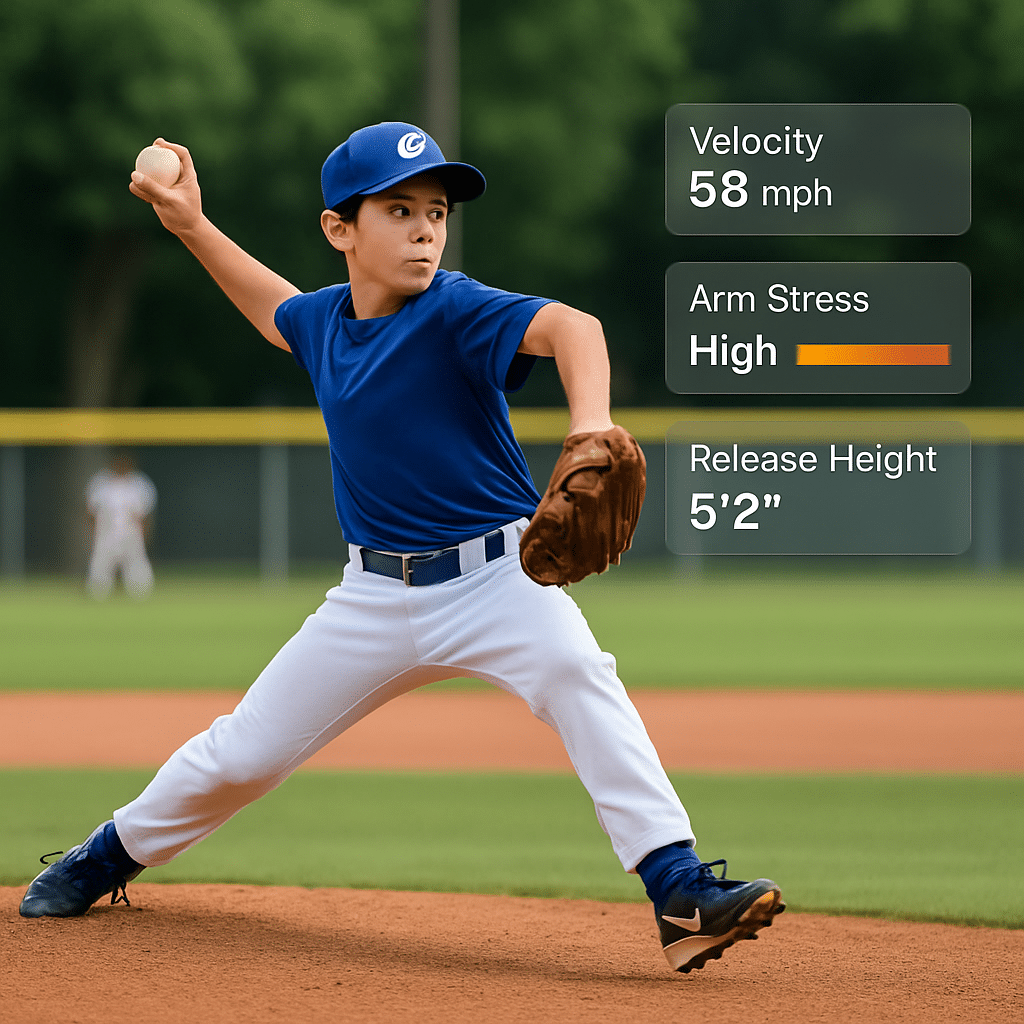
3. Spotting Trouble Early: How Smart Video Tech Is Saving Young Arms
Bad mechanics don’t always cause immediate pain.
Often, they chip away silently — one bad angle, one late release, one rushed follow-through at a time — until something finally gives way.
The tough part? Young players usually don’t feel anything wrong until it’s too late.
That’s where today’s AI video tools are becoming game-changers.
Platforms like PitchAI and PitchPerfectAI use just a smartphone camera and computer vision to break down every pitch in real time — no bulky motion capture suits, no expensive lab.
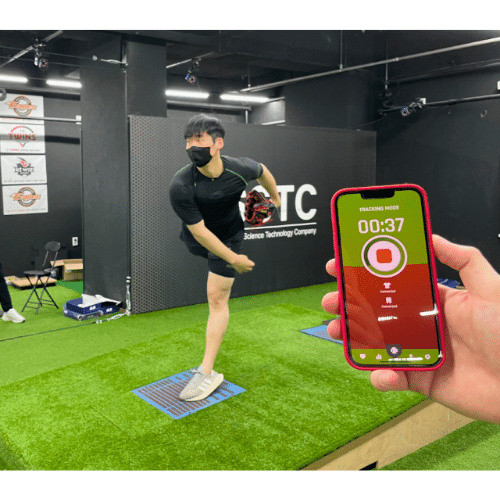
They track critical movement patterns like arm angles, shoulder rotation, hip sequencing, trunk tilt, and elbow flexion at game speed — picking up small flaws that the naked eye can easily miss.
What’s powerful isn’t just the analysis — it’s the timing.
Instead of waiting until after a sore arm or a bad outing to review video, coaches can now get instant feedback during bullpen sessions, practices, or even games.
If a pitcher’s elbow starts dropping, or if hip rotation weakens late in the game, the system flags it — allowing for an immediate tweak, a quick cue, or even a smart pull from the mound before real damage happens.
It’s like having a biomechanics expert standing next to every pitcher… only faster, cheaper, and available to every team, not just the pros.
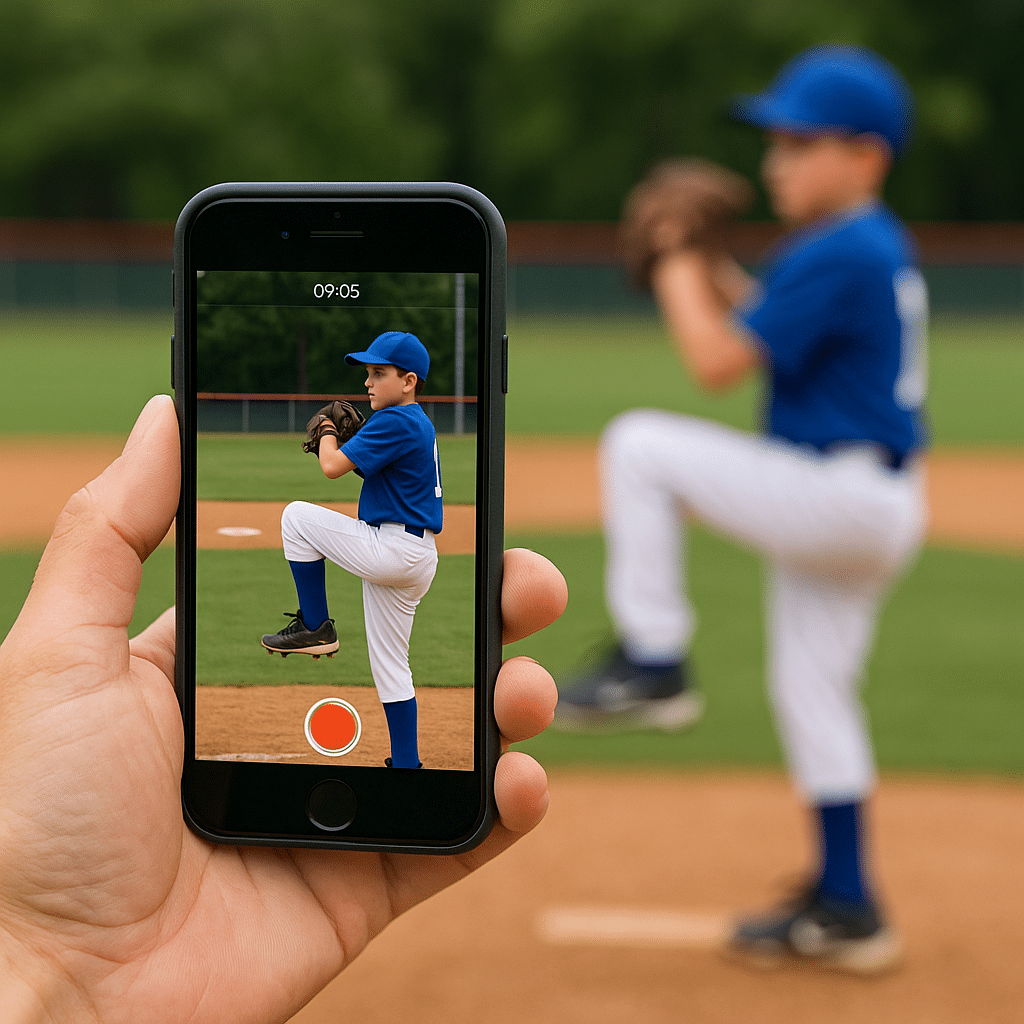
4. Design Smarter Recovery Plans
Rest days have always been part of baseball — but until recently, they were more guesswork than science.
“Take a couple days off and see how it feels” was the standard advice.
The problem? Every pitcher’s body recovers differently — and the old one-size-fits-all approach often left players either under-trained or overexposed.
Now, AI and wearable tech are flipping the script.
Tools like PULSE Throw and smart recovery platforms analyze not just workload, but how a player’s body responds to it over time — tracking arm speed, stress levels, mechanical changes, and even throwing fatigue patterns.
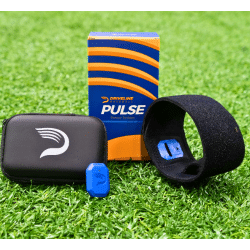
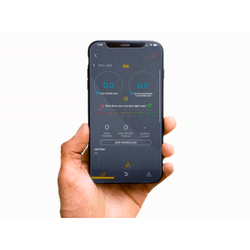
If Johnny’s arm is showing signs of lingering fatigue — even if he feels fine — the system can recommend adjusting his bullpen plan, scaling back intensity, or scheduling an extra recovery day.
And if he’s recovering faster than expected? The program can safely ramp up, keeping him sharp without overloading.
Personalized recovery isn’t just about preventing injuries — it’s about building stronger, more resilient pitchers over the long haul.
By tuning throwing programs to the individual, not the calendar,
AI is helping young players stay healthier, avoid burnout, and grow their skills steadily without hitting the physical wall so many pitchers face.
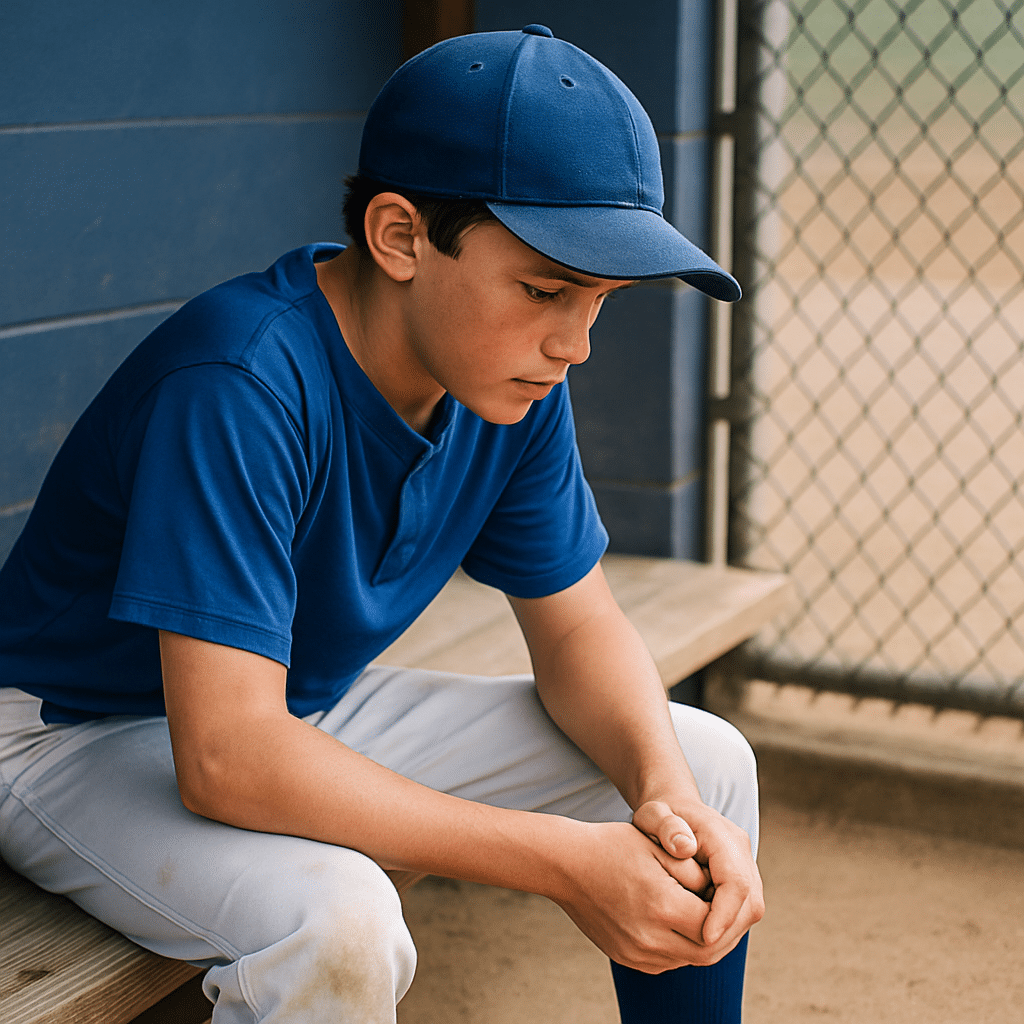
5. Predict Injuries Before They Happen
IImagine knowing a player is heading toward an injury — before they ever feel pain.
Not because of a bad outing or a visible limp, but because the warning signs were already there, hidden deep inside their mechanics, workload, and recovery patterns.
That’s the power AI is bringing to pitching today.
Modern athlete management systems combine data from pitch counts, throwing intensity, biomechanical changes, recovery trends, even sleep and hydration patterns — and feed it into predictive models.
Recent research published in the Orthopaedic Journal of Sports Medicine found that AI models can predict shoulder and elbow injuries in MLB pitchers with up to 84% accuracy.
When early risk factors pop up — like declining fastball velocity, inconsistent release points, or increased arm stress over back-to-back outings.
AI can flag players before an injury sidelines them for months.
The beauty is in the timing.
Instead of waiting for soreness or swelling to force a shutdown, coaches and parents can get ahead of the problem — tweaking throwing schedules, adjusting mechanics, or simply building in smarter recovery.
It’s a complete shift from reactive treatment to proactive protection, giving young pitchers a much better shot at staying healthy, growing stronger, and playing the game they love for years longer.
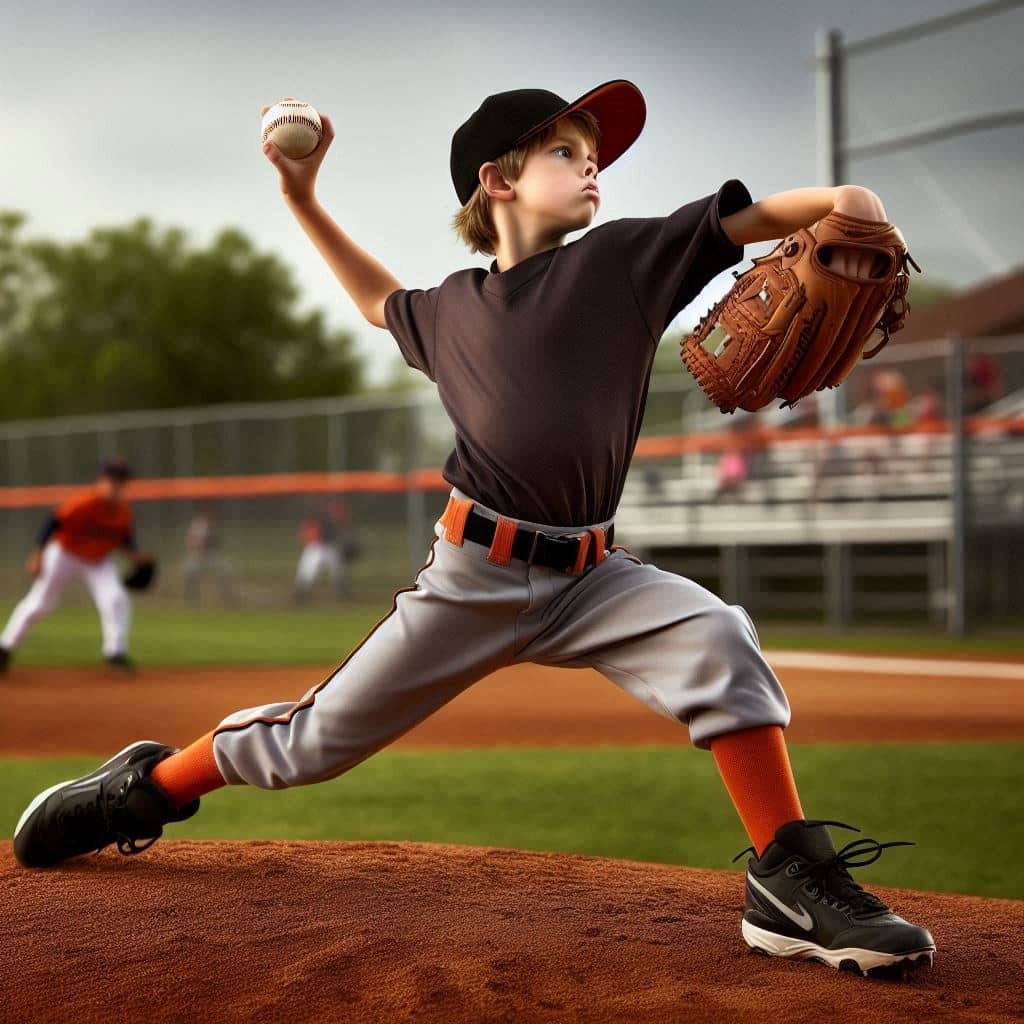
📋 AI and Injury Prevention: What You Need to Know
How does AI know when a young pitcher is fatigued?
AI models track changes in body mechanics — like slower hip rotation or longer delays between pitches — that are strongly linked to fatigue.
Many systems also monitor cumulative stress over time.
How do personalized training programs generated by AI impact pitching performance
AI-powered training regimens boost pitching performance by customizing mechanics, workload, and recovery based on each player’s real data.
By spotting small issues early and adjusting training on the fly, they help pitchers throw harder, stay healthier, and develop smarter over time.
How does AI help in identifying early signs of pitching injuries
AI helps identify early signs of pitching injuries by analyzing real-time biomechanical data and spotting subtle changes in a pitcher’s mechanics before pain or symptoms appear.
Using motion tracking, predictive modeling, and wearable sensors, AI alerts coaches and players to risk factors early enough to prevent serious injuries.
How accurate are AI systems in predicting pitching injuries?
AI systems are getting scary good at spotting pitching injuries before they happen — some models can predict shoulder or elbow issues with up to 84% accuracy.
They’re not perfect, but when combined with smart coaching, they’re quickly becoming one of the best tools teams have to keep pitchers healthy.
What are the best AI tools for youth baseball pitchers?
Two of the most promising tools right now are PitchAI and PULSE Throw.
Both are designed to be easy to use without high-tech labs.
AI replace coaches?
No. AI is helping coaches make smarter decisions faster.
Coaches still bring experience, game knowledge, and personal relationships — AI just adds a powerful new layer of insight.
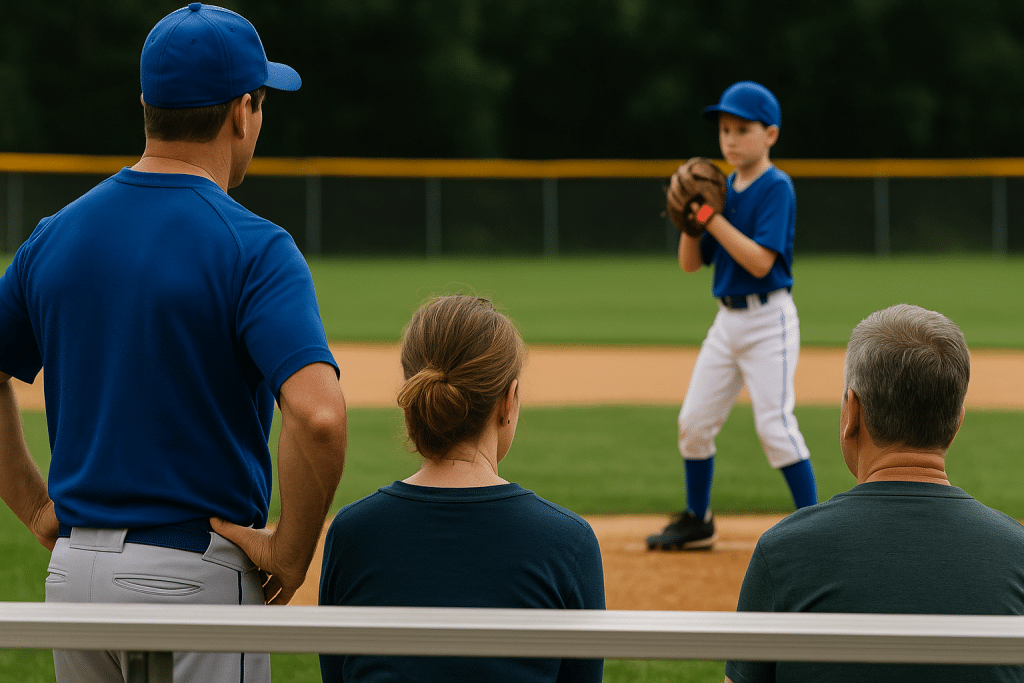
How Parents, Coaches, and Players Feel About AI in Youth Baseball
As AI technology becomes more common in youth baseball, it’s not just the data that’s changing — it’s the mindset.
Parents, coaches, and players are seeing firsthand how smarter tools are creating a safer, healthier game for young pitchers — and they’re embracing the shift.
🧢 Parents: More Peace of Mind
Greater Confidence in Injury Prevention:
Parents appreciate the real-time monitoring AI provides.
Tools that track mechanics and workload give them peace of mind, spotting early signs of fatigue before a small issue becomes something bigger.
Support for Data-Driven Guidelines:
Parents who engage with AI tools alongside programs like Pitch Smart are seeing significantly fewer injuries.
Having smart tracking reinforces safer pitching habits — and families feel more informed and empowered because of it.
Stronger Communication:
AI-driven apps help parents, coaches, and players stay on the same page about soreness, fatigue, and rest — creating a true circle of trust around young athletes’ health.
🧢 Coaches: Smarter Coaching, Faster Decisions
Real-Time Adjustments:
Coaches love how AI gives instant biomechanical feedback — letting them tweak a pitcher’s delivery or pull a player early based on data, not just gut instinct.
It’s proactive coaching, not reactive coaching.
Proactive Injury Management:
By flagging subtle changes in delivery or signs of fatigue, AI gives coaches a critical early warning system — helping them protect players before a minor issue becomes a major injury.
Ongoing Education:
Smart dashboards and AI learning modules are helping coaches stay up-to-date with best practices for injury prevention and smarter workload management — shifting the focus from just winning games to developing players safely.
🧢 Players: Trusting the Tech, Thinking Long-Term
Trust in Technology:
Young pitchers are surprisingly open to AI feedback — especially when it helps them perform better and stay healthier.
Knowing the system has their back encourages players to speak up about fatigue rather than pushing through silent injuries.
Focus on Long-Term Success:
With AI reinforcing smart habits like proper mechanics, scheduled rest, and individualized training, players are starting to think beyond short-term wins — and focusing on staying strong for seasons (and careers) to come.
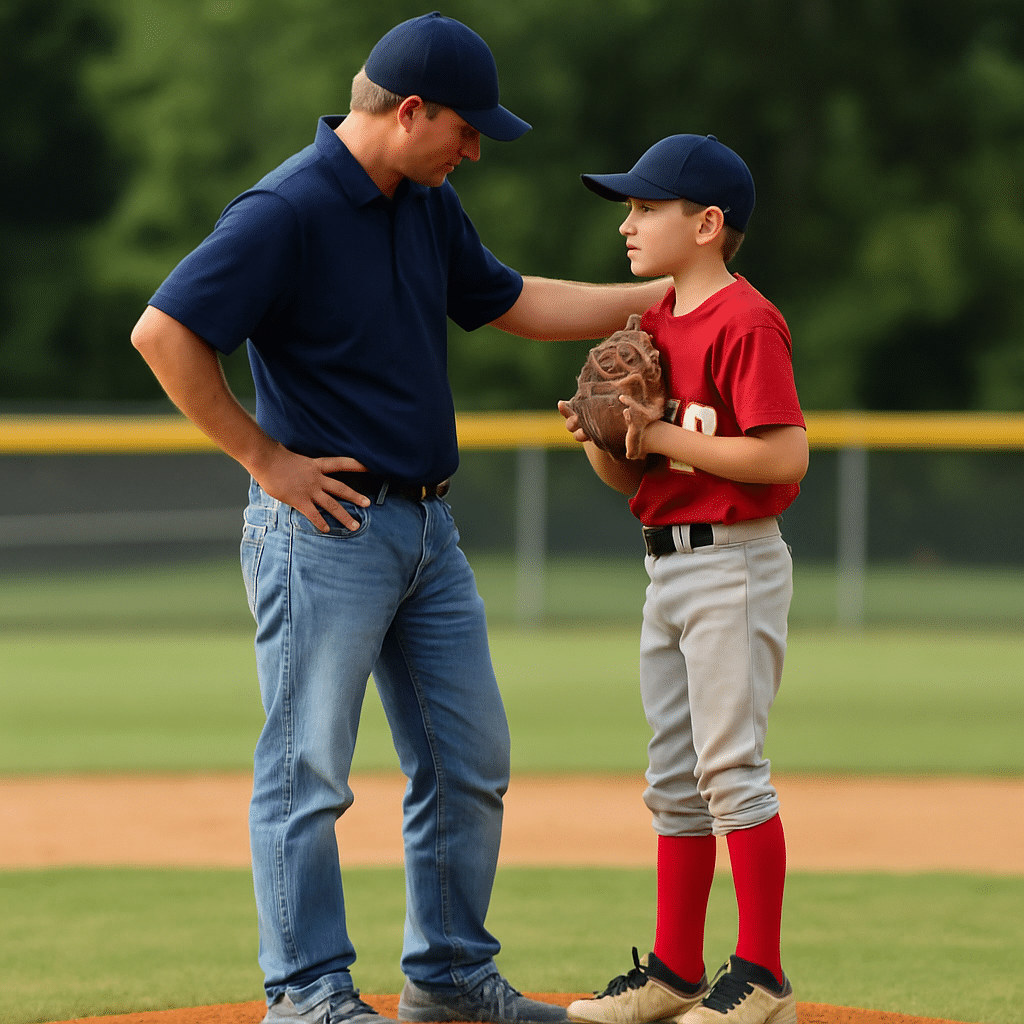
🧢 A Culture Shift Toward Safety
One of the biggest challenges in youth baseball today isn’t just mechanics or fatigue — it’s the pressure young pitchers feel to keep throwing, even when it’s not safe.
As Dr. Kyle Hammond reminds us, building the right environment is just as important as building strong arms:
“When your kid is having a great day on the mound, it can be disappointing to see them get pulled because of pitch count… But we must create an environment where pitchers put safety first and don’t feel pressure to overuse their arm.“
— Dr. Kyle Hammond, Sports Medicine Specialist
By putting safety first — not stats — the future of youth baseball is looking a whole lot brighter.
Final Thoughts
AI’s integration into youth baseball in 2025 is creating a safer environment for young pitchers by enabling real-time corrections, personalized training, predictive injury alerts, early detection of risky mechanics, and long-term monitoring-all of which reduce the risk of arm injuries and promote sustainable athletic growth.
Protecting young arms isn’t about banning curveballs or counting pitches forever.
It’s about understanding the real forces at play — stress, fatigue, mechanics — and using every tool available to help players stay healthy and love the game longer.
AI and wearable tech aren’t here to replace coaching.
They’re here to help parents, players, and coaches make better decisions, before an injury changes everything.
Because the goal isn’t just throwing harder.
It’s throwing smarter — and keeping that arm strong for years to come.
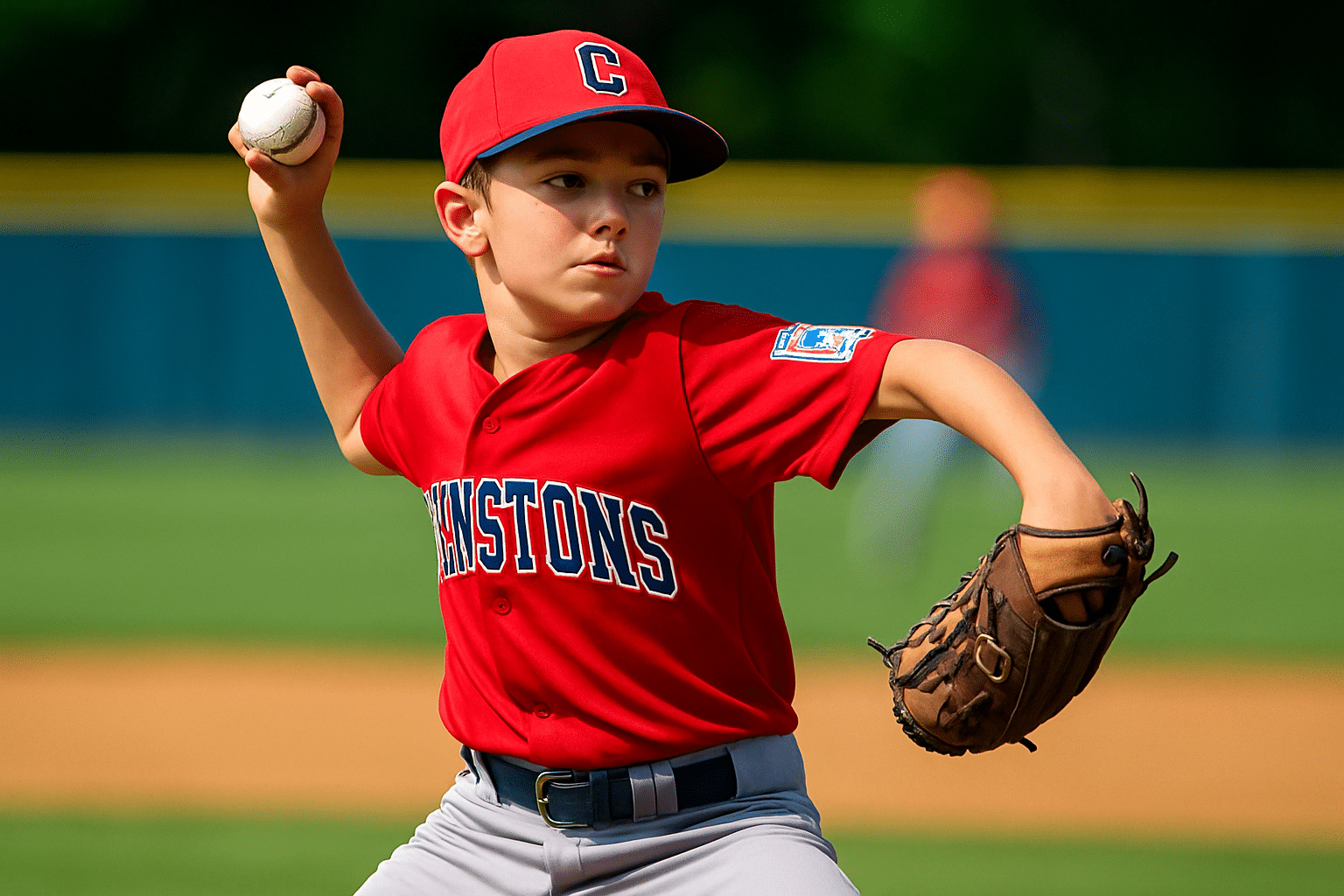
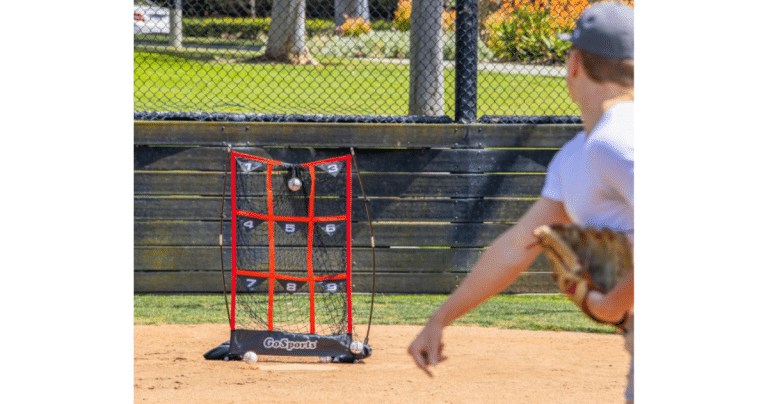
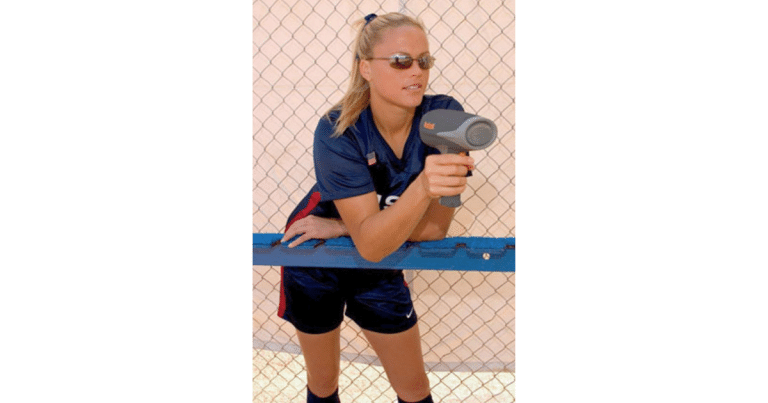
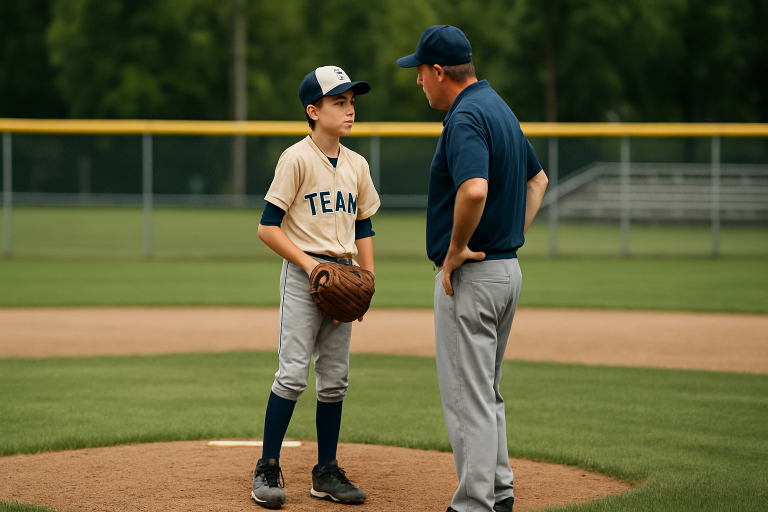
Good https://is.gd/N1ikS2
Thanks
Good https://is.gd/N1ikS2
Thanks
Good https://is.gd/N1ikS2
Thanks
Awesome https://is.gd/N1ikS2
Thank you!
Good https://is.gd/N1ikS2
Thank you
Good https://is.gd/N1ikS2
Thank you
Good https://is.gd/N1ikS2
Thanks
Awesome https://is.gd/N1ikS2
Thank you
Awesome https://is.gd/N1ikS2
Thank you